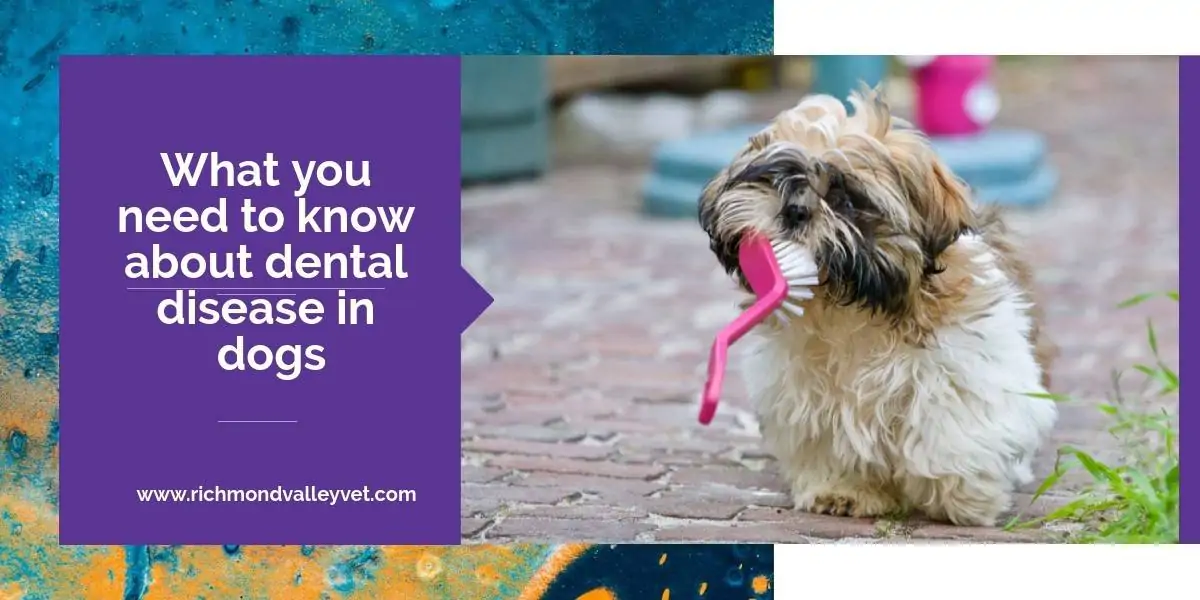
Dog dental disease can be one of the major headaches for respective parents. The fact that dental diseases in dogs are highly common is something that adds to the misery. As a pet parent, you need to be aware that, if not diagnosed and treated at the right time, the condition can even adversely affect your pooch’s overall health.
As a dog parent, it is imperative that you are knowledgeable about dental diseases, symptoms and some of the treatment options in dogs.
Gum disease
Gum disease in dogs is usually triggered by the formation of bacteria, which leads to the accumulation of plaque. The plaque which is usually a combination of food particles and saliva sticks to the surface of the tooth and starts calcifying it to tartar over time, if not removed.
Gum disease in dogs can present itself in many ways. If you don’t brush your dog’s teeth on a regular basis, he is vulnerable to face gum infections which can lead to condition like bleeding, discolored or red gums, bad breath, and stringy saliva.
The condition can also lead to advanced concerns like gingivitis, which presents itself as inflammation. The situation usually progresses with receding gums and eventually, the root of your dog’s teeth gets exposed.
Gingivitis can also lead to bleeding gum, bone loss, and pus formation.
Diagnosis
Gum diseases in dogs are difficult to diagnose. The fact that more than 60% of the symptoms associated with gingivitis is located below the gum line makes it difficult to diagnose. This is the condition like gingivitis is diagnosed better through X Rays.
Tooth decay
Tooth decay is another major dental disease in dogs. The fact that the condition is not dependant on the age and breed of the dog, but can strike at any stage makes it more dangerous.
Routine brushing of your dog’s teeth is something that is imperative when it comes to keeping this concern at bay. You can even use the vet recommended dental kits to brush your dog’s teeth.
Tooth decay can lead to bad breath, bleeding gums and difficulty to eat. It is ideal to provide your dog with food that offers some ‘dental exercise’. Dental chews and toys can be the ideal choice for the situation.
Encouraging your pooch to chew on the dental toys is an ideal means to get rid of plaque and other food particles or foreign substances attached to his teeth.
Planning a diet for your dog with the help of your veterinarian can also help to bring the condition of tooth decay or plaque formation under control.
As per the studies, more than 85% of the dogs have suffered from dental diseases. As a responsible dog parent, it is your duty to ensure that your dog has a healthy set of teeth and gum. It is ideal to take your dog for a dental checkup at least once a month. Planning a proper diet and regular brushing can give you long-term results.
